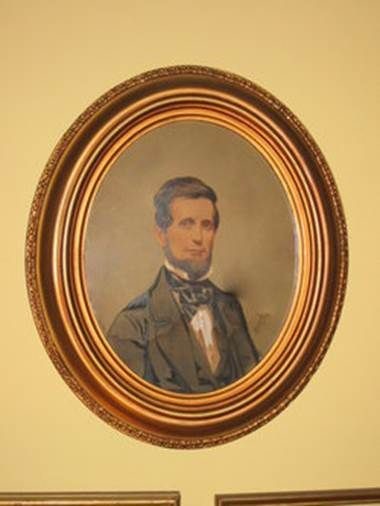Mulberry Grove Plantation faded into the past
In the late 1870s, when Washington Benedict and his investors of the Florida Winter Home and Improvement Co. began development of Orange Park, A.M. Reed was an enthusiastic supporter and valuable …
This item is available in full to subscribers.
Attention subscribers
To continue reading, you will need to either log in to your subscriber account, below, or purchase a new subscription.
Please log in to continueDon't have an ID?Print subscribersIf you're a print subscriber, but do not yet have an online account, click here to create one. Non-subscribersClick here to see your options for subscribing. Single day passYou also have the option of purchasing 24 hours of access, for $1.00. Click here to purchase a single day pass. |
Mulberry Grove Plantation faded into the past
In the late 1870s, when Washington Benedict and his investors of the Florida Winter Home and Improvement Co. began development of Orange Park, A.M. Reed was an enthusiastic supporter and valuable source of information on area crops, politics and people.
Reed moved in powerful North Florida business and political circles for over four decades before Benedict arrived. The family maintained a city residence in a prestigious Jacksonville neighborhood and a working farm and large residence on the river encompassing much of the land where Naval Air Station Jacksonville now stands.
His advice and generous hospitality were also convenient because his highly successful plantation, Mulberry Grove, was just up the road and across the line in Duval County. Reed Street in Orange Park was christened in his honor.
Benedict and his family often visited in the Reed’s impressive plantation home.
The two-story frame, clapboard house stood on a steep knoll, formed by an old Indian mound, faced the St. Johns River and the pier where boats of all sizes landed. Guests traveled almost 300 yards to the house under a shady canopy of parallel rows of live oak trees.
Gracious porches on three sides helped to cool the interior. The first floor included the large parlor and dining room on one side and three bedrooms and a family sitting room on the other separated by a wide hall that went straight through the center. Opening all the windows and doors allowed river breezes to move freely.
Upstairs were two large bedrooms with dormer windows front and back and a bathroom with running water supplied by an artesian well in front of the house.
An “L” to the back contained 3 more bedrooms and at the end were the two rooms for Reed’s office and library. All these rooms were accessed from an outside covered porch.
From the back porch a boardwalk led to a separate building with two bedrooms and a second-floor garret. This was the domain of the grandsons, Reed and Charles Pearson and their friends, considered too boisterous for the main house.
The kitchen, made of brick, sat some distance from the house and was connected by a walkway of the same brick. Another brick walkway led through Louise Reed Pearson’s (A.M.’s daughter) extensive garden to the greenhouse where she experimented with new varieties of roses and geraniums. Known for her fine intelligence Louise was forced to focus much of her ingenuity on keeping the family dogs from scratching up her plants.
A smoke house made of oyster shell and lime held hams, bacon and beef and mutton hanging from the ceiling. Crops included oats, peas, potatoes, beans, corn and sugar cane. The old sugar house and the smoke house were south of the house on the road that went to the swimming pool.
By the late 1800’s, few of the mulberry trees which had given the place its name remained. On the first floor of one storage building were the remnants of wooden trays and racks where the silk worms were kept and fed on mulberry leaves. On the second floor of this building shelled peas were stored in a locked room. After drying in their hulls, peas were placed in gunny sacks and then the sacks beaten with sticks. The contents were then spread out on the clean floor and the dried peas separated from the broken hulls.
Ice was delivered by water in hundred-pound blocks and brought by hand cart to the house, then slid down into the cellar on boards placed over the steps. In the first room of the cellar fresh meat in clean cloth bags and dairy products were kept with the ice. In the back, canned fruit, jellies and preserves were stored.
In August 1899, A.M. Reed died in his bed at Mulberry Grove. By the turn of the century, his family was residing in Jacksonville, and in 1905, family members began selling off the land.
Part of the main house burned, and insects and water rot took hold. But for several years, Old Mr. Mierfeldt made his tobacco money taking tourists up to look for ghosts and listen to his stories. They especially liked the one about Mr. Reed burying the family silver in the yard when the Yankees came and then not being able to find it when they left.








